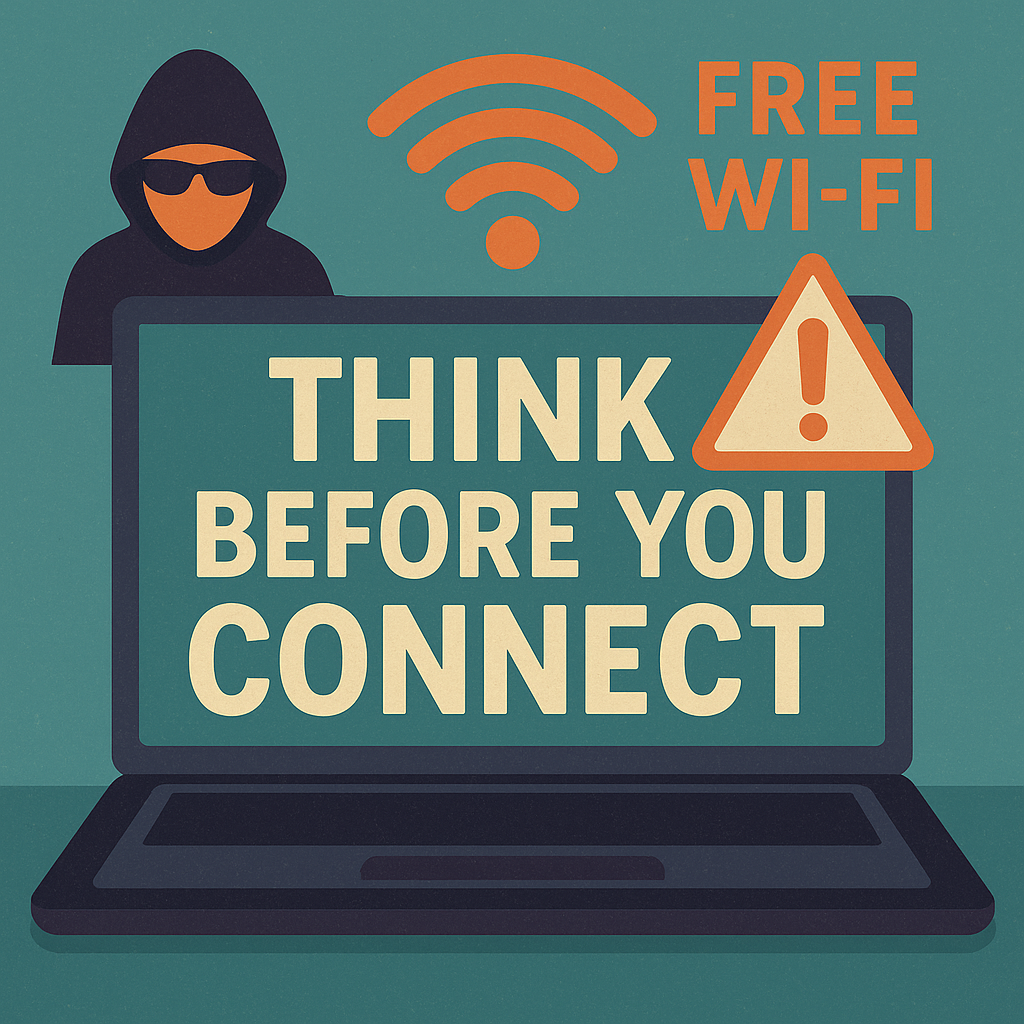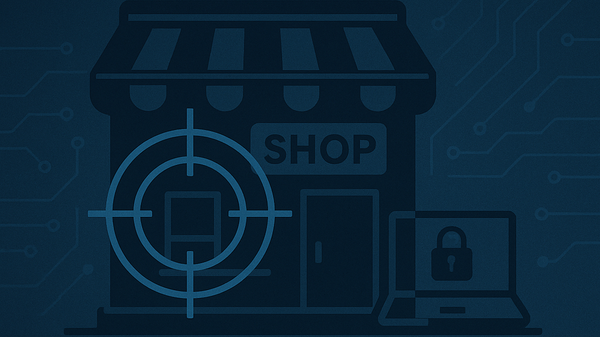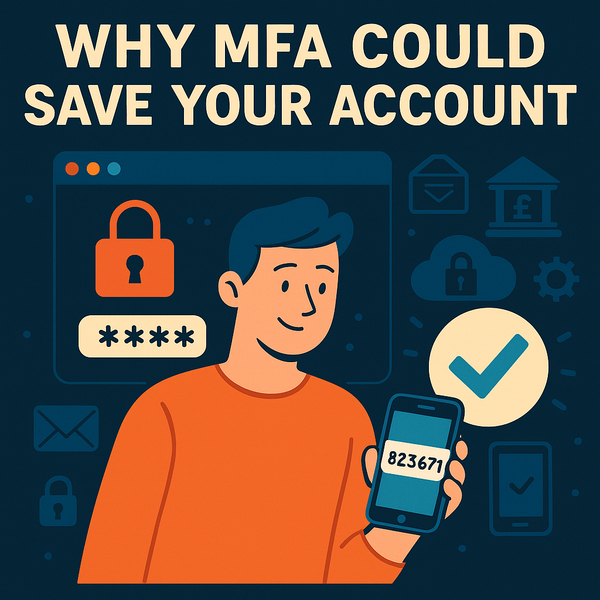Think Before You Connect: The Dark Side of Free Wi-Fi
Free public Wi-Fi isn’t always as safe as it seems. Learn how hackers can exploit open networks, what risks you face, and how to protect yourself when connecting in cafés, airports, hotels and trains.

You’ve caught the train to meet your friend in the city after work. The journey is an hour long, and your phone signal is patchy. You notice the train has its own free Wi-Fi — perfect! Now you can scroll to your heart’s content without worrying about losing signal.
But before you connect, it’s worth asking yourself: Is it actually safe?
Whether it's at the train station, a café, the gym, the airport, or a hotel – public Wi-Fi networks are prime hunting grounds for attackers. Most free networks are unsecured, meaning anyone else connected to the same network could potentially intercept your traffic, steal your data, or even impersonate the network itself. Here we'll talk through some of the risks you face when you connect to public Wi-Fi.
Common Threats on Public Wi-Fi
Man-in-the-Middle (MitM) Attacks:
Attackers can silently intercept the data sent between your device and the internet. This can include sensitive information, such as your emails, passwords, and banking details. Imagine a man stood between you and the internet, quietly watching everything you send and receive - reading your messages, capturing your login details, and even seeing what websites you visit.
Evil Twin Networks:
Attackers often set up fake wireless networks with nearly identical names to the legitimate ones. You might think you’re connecting to "Starbucks Free Wi-Fi," but in reality, you’ve just connected to a rogue hotspot controlled by a hacker. Now everything you do online goes through the hackers device.
Session Hijacking:
This is where an attacker steals your active session tokens, which can allow them to access your accounts without needing your login details.
Session hijacking is like someone sneaking into a private party by stealing your wristband. Once you log in to a website, that site knows it’s you because it gives your browser a special token that proves you're logged in. Attackers can intercept that token over an insecure Wi-Fi connection and slip right into your account, no password needed. You’re still logged in, but so are they.
How to stay safe on public Wi-Fi?
Public Wi-Fi isn’t always a bad thing – you just have to be smart about how you use it.
Use a Virtual Private Network (VPN) to encrypt all of your internet traffic, to protect you from prying eyes.
Avoid sensitive transactions altogether – do not log into your bank account, email, your work accounts, or do any online shopping over public Wi-Fi. If you absolutely must, drop off the Wi-Fi and use your mobile data.
Make sure your laptop, phone and any other devices have ‘Auto-Connect’ turned off so that you do not automatically join open networks.
ALWAYS check for HTTPS and look for the little padlock icon in your browser. Only ever browse websites over HTTPS.
Do not join unknown networks, ever. If you are unsure then ask a member of staff for the official Wi-Fi network name.
Final Word
Public Wi-Fi isn’t always dangerous, but it requires caution. Whenever you connect to a free network, remember: you're sharing that connection with everyone else — and not all of them are there to browse memes.
Protect yourself. Think before you connect.



